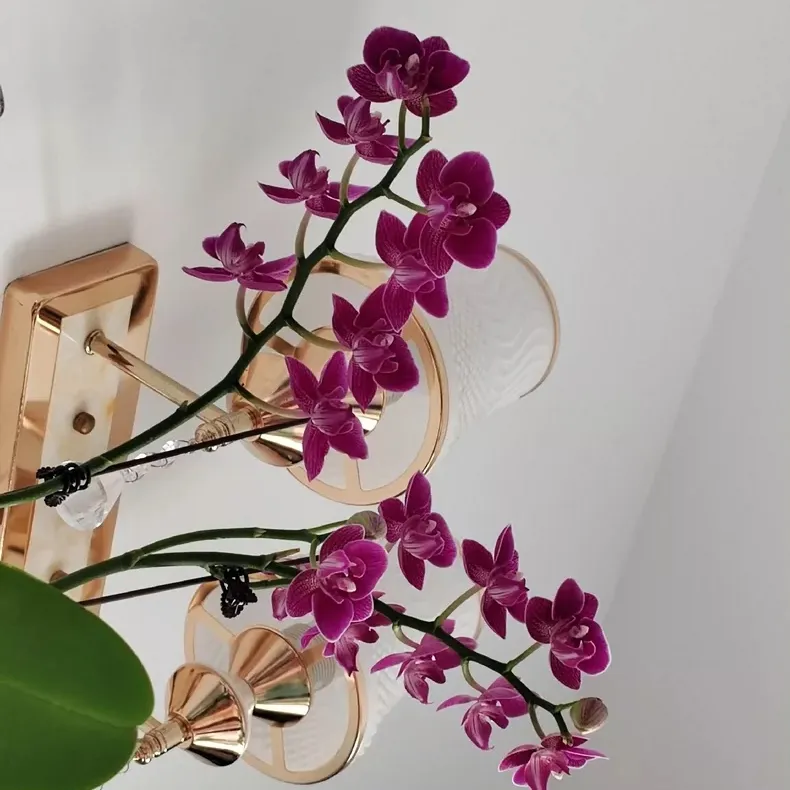In the field of botany, Oxalis corniculata and clover often cause confusion among people. In fact, they are not the same plant and there are significant differences.
First of all, in terms of morphological characteristics, the leaves of Oxalis corniculata are more slender and usually present a beautiful heart shape. The leaf color is bright and charming, mostly fresh green or gorgeous purple-red. In contrast, the leaves of clover are relatively wide and thick, generally presenting an inverted oval or nearly circular shape.
In terms of flowers, the flowers of Oxalis corniculata are usually small and exquisite, with rich and colorful colors, covering various colors such as yellow, pink, and red. The petals are arranged neatly and orderly. While the flowers of clover are relatively large, mostly white or light pink. The shape and arrangement of its petals are significantly different from those of Oxalis corniculata.
Furthermore, there are also differences in growth environments. Oxalis corniculata has strong adaptability and can take root and germinate in various soil conditions, but it prefers an environment with abundant sunlight and pleasant moisture. Clover is more often seen in open areas such as grasslands and fields.
So, how is Oxalis corniculata planted and maintained?
To plant Oxalis corniculata, first choose suitable soil. It likes loose, fertile, and well-drained sandy soil. Before sowing, the soil can be disinfected and improved to provide a good growth foundation.
Oxalis corniculata needs sufficient sunlight exposure, but in high temperatures in summer, appropriate shading helps to avoid leaf burns.
In terms of watering, keep the soil moist but avoid water accumulation. Especially in the rainy season, pay attention to drainage.
Fertilization plays a crucial role in promoting the growth of Oxalis corniculata. During its growth period, applying an appropriate amount of compound fertilizer at regular intervals can provide it with sufficient nutrients.
In addition, regular pruning is also an indispensable link. Timely removal of diseased leaves, dead leaves, and residual flowers is conducive to maintaining the health and beauty of the plant.
In terms of pest control, close attention needs to be paid. For common diseases such as leaf spot and powdery mildew, once they appear, corresponding and effective prevention and control measures must be taken in time, such as spraying symptomatic agents.
How to plant and maintain Oxalis corniculata?

Share with
Tagged in :




Leave a Reply